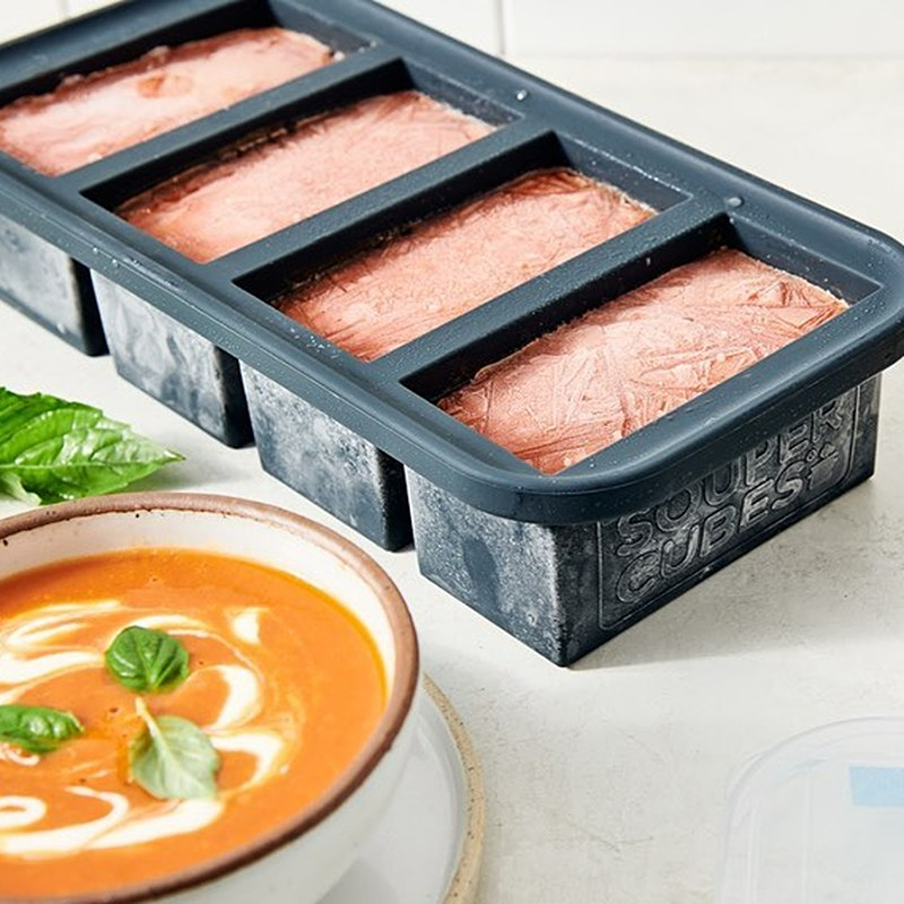An Organic Garden Fertiliser (made from seaweed)

Once seaweed has been sustainably-harvested, the leftovers do not go to waste. It can be turned into natural fertiliser that improves water retention and adds nutrients to soil, which in turn helps to prevent disease in plants.
Read our post on pet-friendly gardens. If growing indoor plants, avoid facing foliage to outdoor gardens, to help stop birds flying into windows.
The Shropshire Seaweed Company makes a good organic seaweed fertiliser. Just fill the cap (10ml) with product, then add to a full 5 litre (1 gallon) watering can.
The Cornish Seaweed Company’s Biostimulant uses the Japanese Bokashi method to include beneficial microbes for fermenting, to improve plant and soil health, for bigger crops. Again for outdoor use only (veg patches, lawns and outdoor pots), add 50ml per 10 litres of water (apply weekly, more often on poor soil).
England has over 600 species of seaweed (mostly native species) although warming coastal temperatures is (like on land) affecting growing, due to climate change.
The most common type is bladderwrack (the type that looks a bit like ‘bubble wrap’ with big air bubbles). Only about 20 species of seaweed are edible, though others are also used in beauty care and some are dehydrated to make seaweed salts.
Never harvest seaweed yourself (it has to done without removing the roots – like ‘giving seaweed a haircut’). As one expert wrote – it’s seaweed to you, but the universe to a shrimp!
Also don’t let dogs play with fronds, as wet seaweed can expand in the stomach as it dries.






